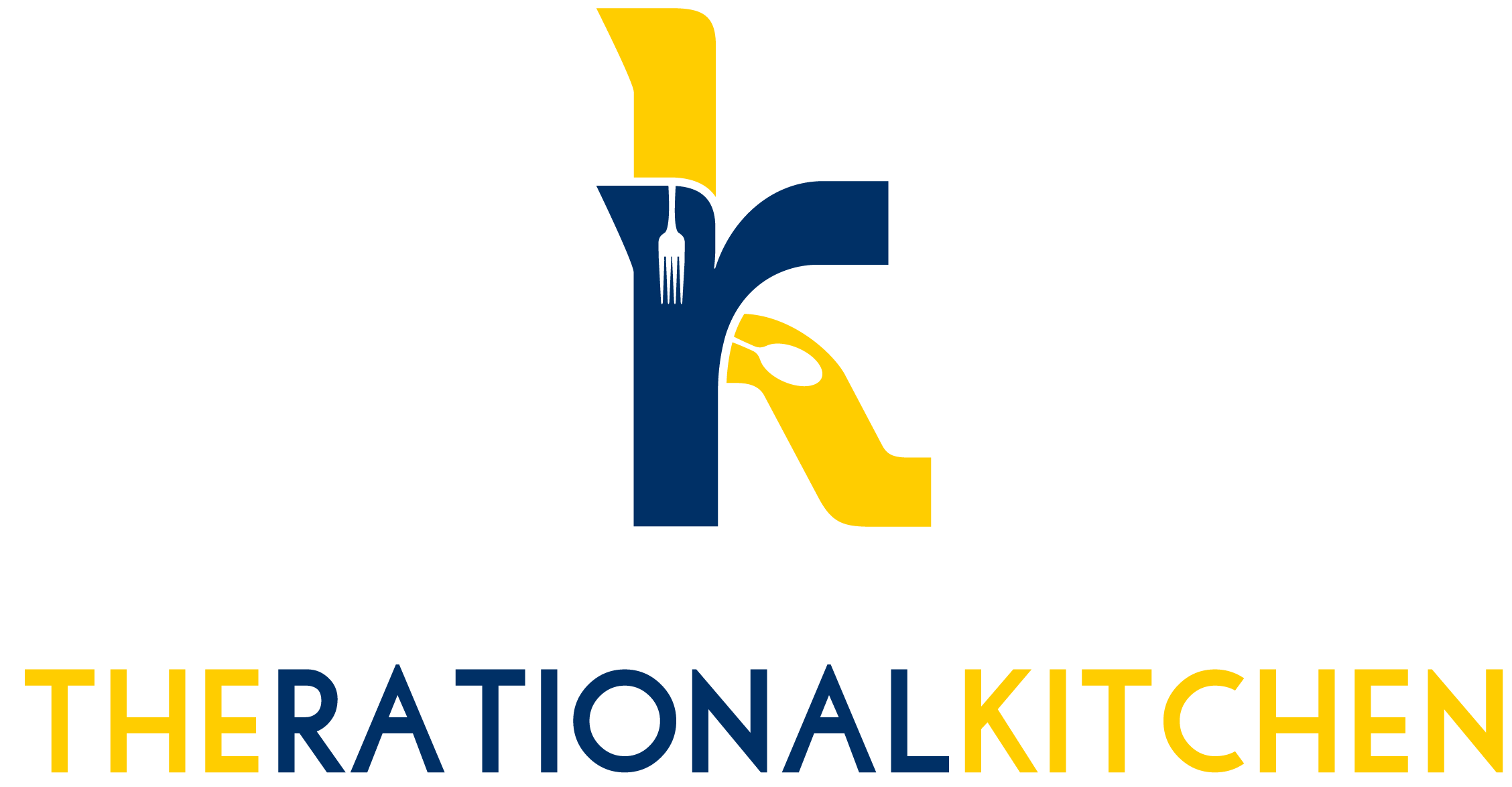There are some tools not designed for the kitchen that are quite useful in the kitchen. Or, there may be a kitchen version, but it will cost more than the version you'll find in a hardware store or on Amazon.
Here are five of our favorite non-kitchen tools that can do wonders in the kitchen.
Electrician's Scissors

What it is: An electrician's scissors is a compact scissors primarily used to cut and strip electrical wires. The blades are usually about 3 inches long and they're designed to be carried in a tool bag or holster (sold separately).
How to use it in the kitchen: While you probably won't be cutting or stripping many wires in your kitchen, this small, solidly built pair of scissors can be indispensable. You can use it to cut just about anything in the kitchen. Use it to open products (coffee, flour, pasta, snack foods, etc.), cut butcher paper, cut open sous vide and vacuum sealer bags, and any other cutting tasks you have. Even if you already own a larger kitchen shears--which is designed to cut small bones--you can use this scissors for all your non-food needs (and foods, too, if you're in a pinch). If you're a sous vider and/or avid vacuum sealer, you will use these scissors daily, especially if you have small hands--these were made for you.

Buy an electrician's scissors on Amazon:
Rubber Mallet

What it is: A rubber mallet is a hammer used for more delicate tasks when a hard hammer could damage material. For example, you might use a rubber mallet to hammer upholstery nails into furniture or to gently nudge two wooden parts together. (See more at the Do It Yourself website.)
How to use it in the kitchen: You use a rubber mallet the same way in the kitchen: To use gentle pressure when and where needed. The most common use is to gently hammer a chef's knife or cleaver through a hard object: winter squashes, bones, etc.
You can also use it to tenderize meat; if you haven't got a meat tenderizer, a rubber mallet will do a better job than some other substitutes (the dull end of a table knife, for example).
You're probably not going to find this tip anywhere else, but it's honestly the simplest and safest way to cut through a hard object in your kitchen. Here's how to do it:
- Select a knife with a thick, solid blade like a large chef's knife or cleaver. Do not use a rubber mallet with a flexible-bladed knife.
- If possible, place the object flat side down. If there is no flat side, make one by slicing off an end (if possible). If not possible, try to stabilize the object as best you can--e.g., make sure it's dry so it won't slip out of place.
- Sink the knife or cleaver partway into the hard object.
- While holding the knife in place, firmly bring the rubber mallet down on the blade to push it safely down into the object. Repeat as necessary to cut all the way through the object.
Why is this safe? Because your hands are out of the way, and you're not using pressure directly on the knife so you can't slip and lose control, of your hand or the knife.
You won't use the rubber mallet daily like you will the electrician's scissors, but when you need it, it's great to have.

BUY A RUBBER MALLET ON AMAZON:

Infrared Thermometer

What it is: An infrared thermometer uses a beam of infrared light to measure the surface temperature of objects. It is useful in all sorts of applications where you may not want to touch or contaminate a surface but need to gauge its temperature.
How to use it in the kitchen: If you ever watched Alton Brown's show "Good Eats" on the Food Network, then you know this isn't an original idea. Alton raved about this tool, and he was right to do so. An IR thermometer has all sorts of kitchen uses, from checking skillet temp to checking oven temp to deep fryer oil; you can use it to check dough and batter temp, counter surface temp, food temps, fridge temp, and more.
Temperature is an important aspect in many cooking tasks. Getting the temperature right can be mean success where it would otherwise be failure. And because IR thermometer technology has a reputation for accuracy, you know that you can rely on it.
It's fun to use, too.
So, any time you need a surface temperature, an IR thermometer will get the job done. The only thing it's not good for is internal temperatures, such as when testing for doneness when baking. For that, we recommend an instant read probe thermometer.
(See also our infographic on baking temperatures, another kitchen essential if you like to bake.)

BUY AN INFRARED THERMOMETER ON AMAZON:

Needle Nose Pliers

What it is: There are several types of pliers, all designed for grasping, holding, and manipulating different-sized objects. The needle-nose is used for small or hard-to-reach objects, perhaps on the insides of a motor or other mechanical part. The pliers are ridged to improve grip and the rubber grips on the handle provide leverage to hold, pull, twist, or otherwise manipulate an object.
How to use it in the kitchen: In the kitchen, you can use a needle nose pliers to extract bones from fish fillets. You can buy a bona fide fish bone pliers, but they can cost quite a bit more--up to 5 times more than a simple needle nose--and the needle nose is a more versatile tool.
In addition to pulling fish bones, the needle nose has dozens of other uses in the kitchen. You can use it to tighten or loosen nuts and bolts (anywhere in the kitchen, from skillet handles to cupboard pulls), to adjust your igniters on your gas burners, to tighten and loosen the nuts that hold a rotisserie chicken in place, and to reach into any number of small spaces you can't get at with fingers alone.
Next to the electrician's scissors, you'll probably get the most use out of a needle nose pliers.
You can buy a dedicated kitchen pliers, or a set of fish boning tools, and they're great. But if you want to save a few bucks, you can get this needle nose pliers instead.
Here's a two minute video of a chef using a needle nose to pull bones out of a salmon fillet:
BUY A NEEDLE NOSE PLIERS ON AMAZON:

Strap Wrench

What it is: A strap wrench grips an object via a strap or chain being pulled in tension until it firmly grips. High static friction keeps it from slipping (from Wikipedia). These tools are so powerful, they can be used to loosen rusted-on engine parts.
How to use it in the kitchen: You'll use the strap wrench the same way a mechanic would use it in the garage: to gain friction and leverage in order to open stubborn, stuck-on or dried shut bottles, jars, and cans. The strap wrench is basically just a thick rubber strap with a handle that will exert a tremendous amount of torque that helps you easily open a stuck lid.
You can also find jar openers designed for the kitchen, but they tend to be more expensive and they won't fit as many jar sizes as a strap wrench will (true even if you just buy one strap wrench instead of the set shown). Strap wrenches are also more flexible than kitchen-designed openers, so you can move them around to maximize your advantage; you can't do this with kitchen jar openers.

BUY A STRAP WRENCH ON AMAZON:

Final Thoughts
You can replace a number of kitchen tools with less expensive tools that will do the same job, and often an even better job. These five--the electrician's scissors, rubber mallet, infrared thermometer, needle nose pliers, and strap wrench--are some of the most useful we've found.
Do you have any favorite non-kitchen tools you use in the kitchen? Let us know in the comments below--and thanks for reading!
Help other people buy wisely, too! Please share this article:


